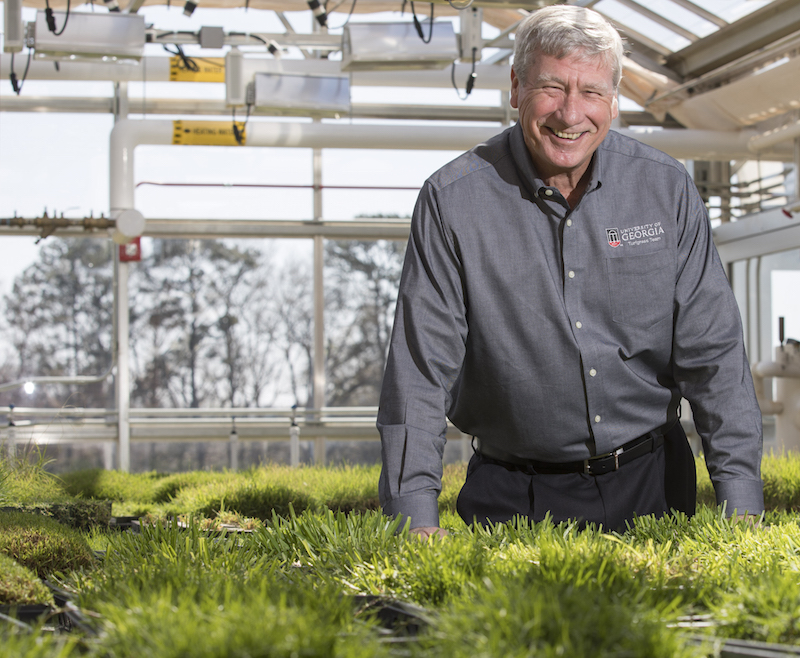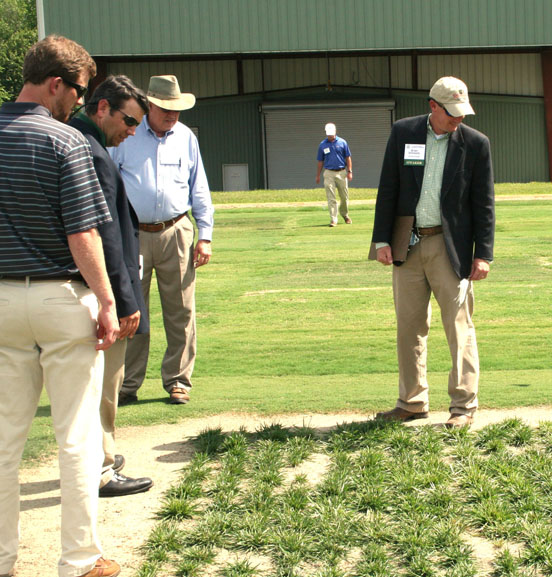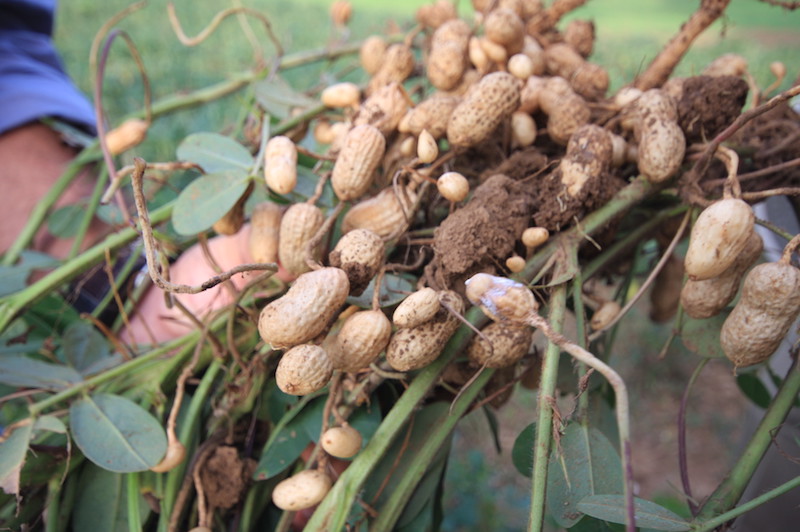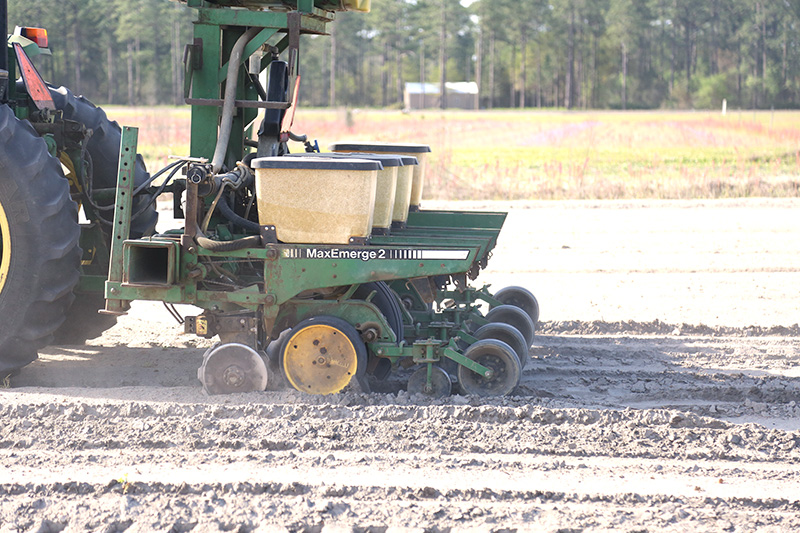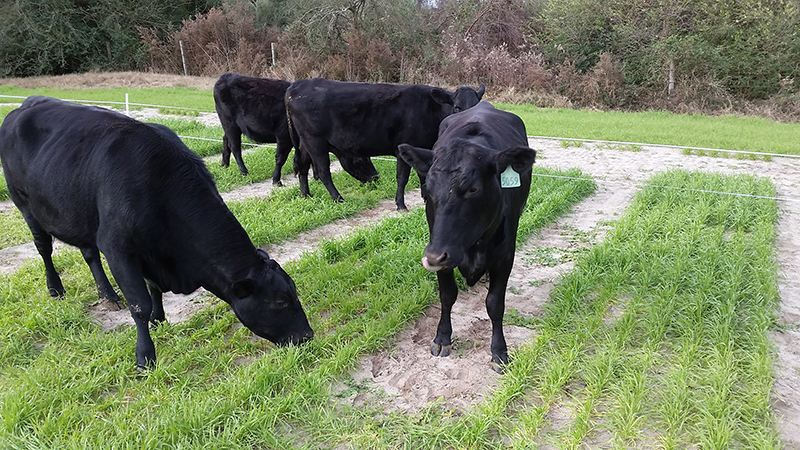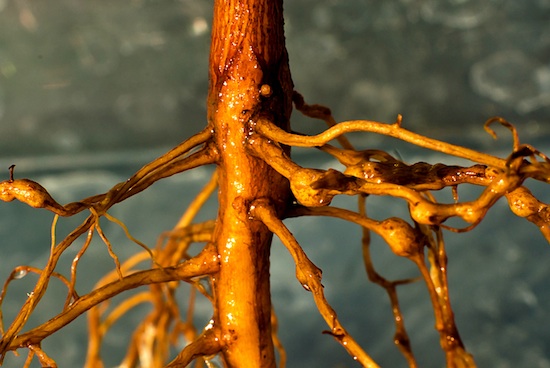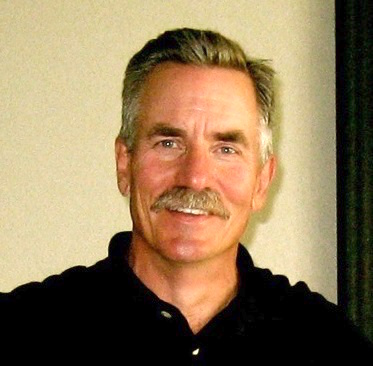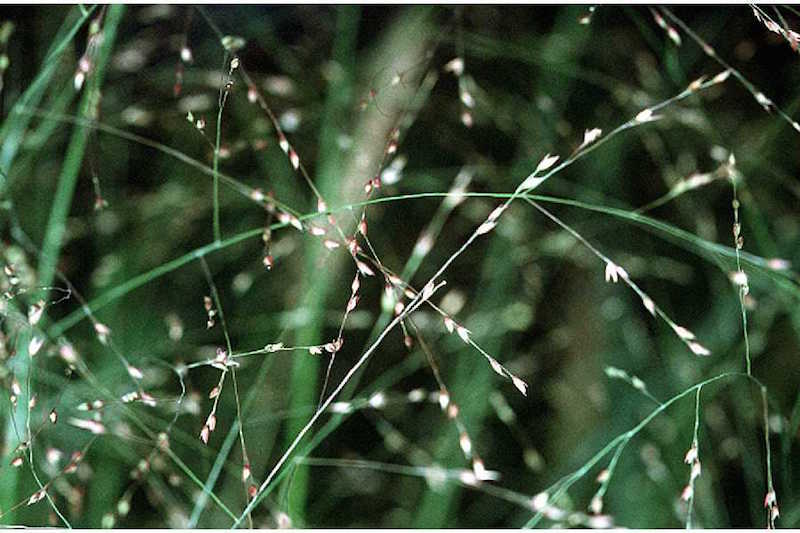 CAES News
CAES News
Biofuel Crops
A research team led by the University of Georgia has discovered that manipulation of the same gene in poplar trees and switchgrass produced plants that grow better and are more efficiently converted to biofuels.

